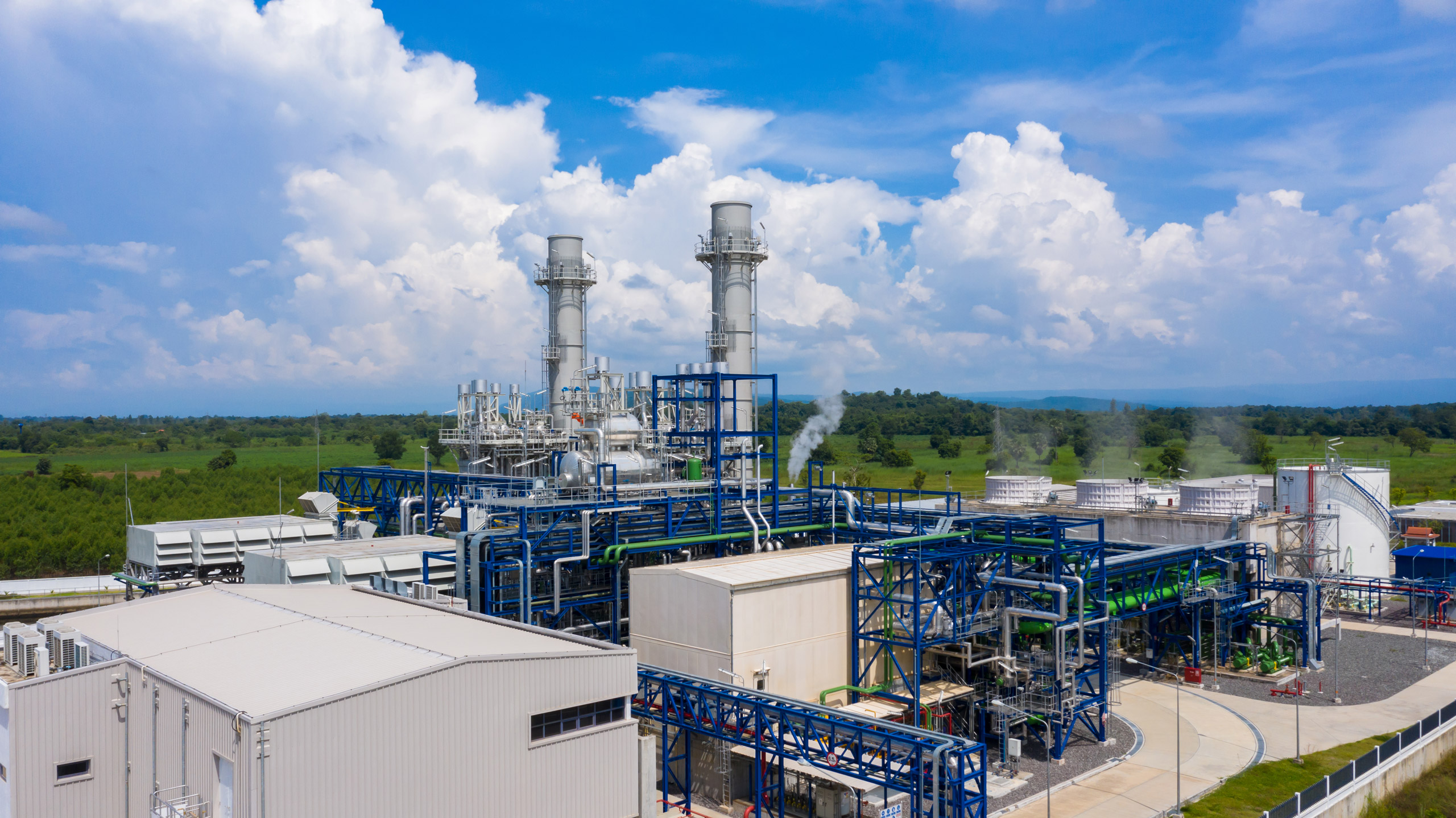
Duration: 0.25 Hrs
Course Level: Intermediate
Languages: English, Portuguese, French, Polish, Russian
Capability: Audio, Video, MobileReady
The steam turbine generators used today produce approximately 85% of the electricity in the United States. In a typical turbine, steam flows in at a speed near 100 miles per hour and at temperatures from 400 to 950 degrees Fahrenheit. This course describes the differences between an Impulse and Reaction turbine, why steam turbines are multi-staged, the different types of turbine blade compounding arrangements, or stages and how they relate to turbine efficiency.
By the end of this course, you will be able to:
Duration: 0.25 Hrs
Course Level: Intermediate
Languages: English, Portuguese
Capability: Audio, Video
The steam turbine generators used today produce approximately 85% of the electricity in the United States. In a typical turbine, steam flows in at a speed near 100 miles per hour and at temperatures from 400 to 950 degrees Fahrenheit. This course describes the differences between Impulse and Reaction turbines, how steam turbines are classified, and some typical operational issues associated with steam turbines.
By the end of this course, you will be able to:
Duration: 0.25 Hrs
Course Level: Intermediate
Languages: English, Portuguese, French, Polish, Russian
Capability: Audio, Video
The steam turbine generators used today produce approximately 85% of the electricity in the United States. The primary supply of electrical energy is made in three-phase synchronous generators with power ratings up to 1,500 megawatts or more. This course discusses the basics of a turbine generator including safety, terminology, design, operation, and the functions of generator protective devices.
By the end of this course, you will be able to:
Duration: 1.00 Hrs
Course Level: Intermediate
Languages: English
Capability: Audio, Video, MobileReady
This course explain how a typical turbine is designed to convert energy to work and how turbine efficiency is affected by problems with internal turbine components. After completing this course, participants should have an understanding of how internal components, particularly the turbine blades, affect turbine efficiency and heat rate. They should also be able to identify ways to recognize and correct efficiency problems associated with a turbine.
By the end of this course, you will be able to:
Duration: 1.00 Hrs
Course Level: Intermediate
Languages: English
Capability: Audio, Video, MobileReady
This course examines some of the conditions that can cause operating parameters to change and some of the effects of those changes. After completing this course, participants should be able to explain why it is important to operate a turbine as close to its design parameter values as possible, and describe how changes in certain parameters affect efficiency, heat rate, and fuel consumption.
By the end of this course, you will be able to:
Duration: 1.00 Hrs
Course Level: Intermediate
Languages: English
Capability: Audio, Video, MobileReady
This course is designed to explain how turbine efficiency and unit heat rate are affected by the use of attemperation, by the positioning of the turbine control valves, and by changes in extraction steam flows. After completing this course, participants should be able to explain why superheat and reheat attemperation cause heat rate to increase, and describe ways to prevent frictional losses in the turbine control valves. They should also be able to describe how heat rate is affected by changes in extraction steam flows.
By the end of this course, you will be able to:
Duration: 1.00 Hrs
Course Level: Intermediate
Languages: English
Capability: Audio, Video, MobileReady
This course introduces the fundamental aspects of heat transfer and relates that information to component and plant efficiency. After completing the course, participants should be able to explain how heat transfer occurs and identify factors that affect heat transfer. They should also be able to explain how changes in operating conditions affect the factors associated with heat transfer.
By the end of this course, you will be able to:
Duration: 2.00 Hrs
Course Level: Intermediate
Languages: English
Capability: Audio, Video, MobileReady
This course is designed to familiarize participants with basic principles associated with turbine shaft bearing lubrication, turbine speed control, and turbine operation. After completing this course, participants should be able to identify and describe the functions of the components of a typical turbine lube oil system. They should also be able to describe the basic components and operation of a typical turbine speed control system. In addition, participants should be able to describe operator responsibilities associated with turbine startup, operation, and shutdown.
By the end of this course, you will be able to:
Duration: 2.00 Hrs
Course Level: Intermediate
Languages: English
Capability: Audio, Video, MobileReady
This course is designed to familiarize participants with basic principles associated with the construction and operation of steam turbines. After completing this course, participants should be able to state the functions of the main parts of a typical turbine and describe how steam causes impulse blades and reaction blades to turn a turbine’s wheels. They should also be able to describe the purpose and operation of a gland steam seal system, a gland steam seal exhaust system, a carbon seal, and a water seal.
By the end of this course, you will be able to: